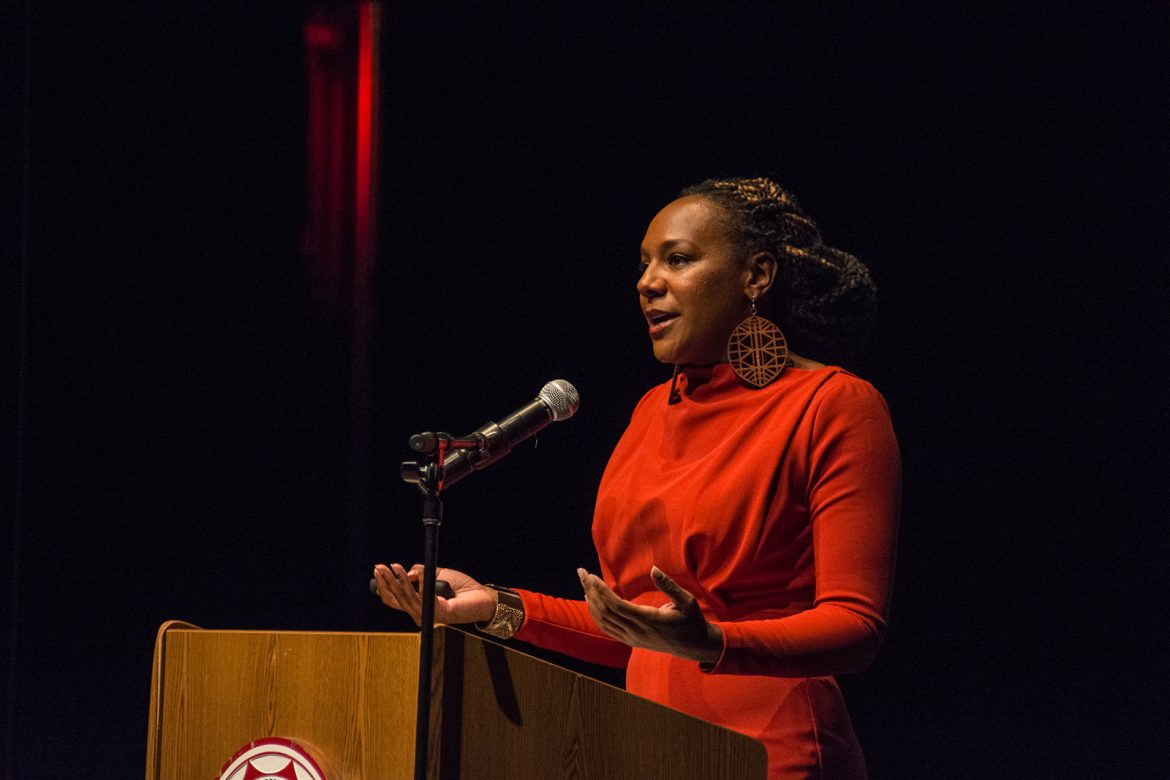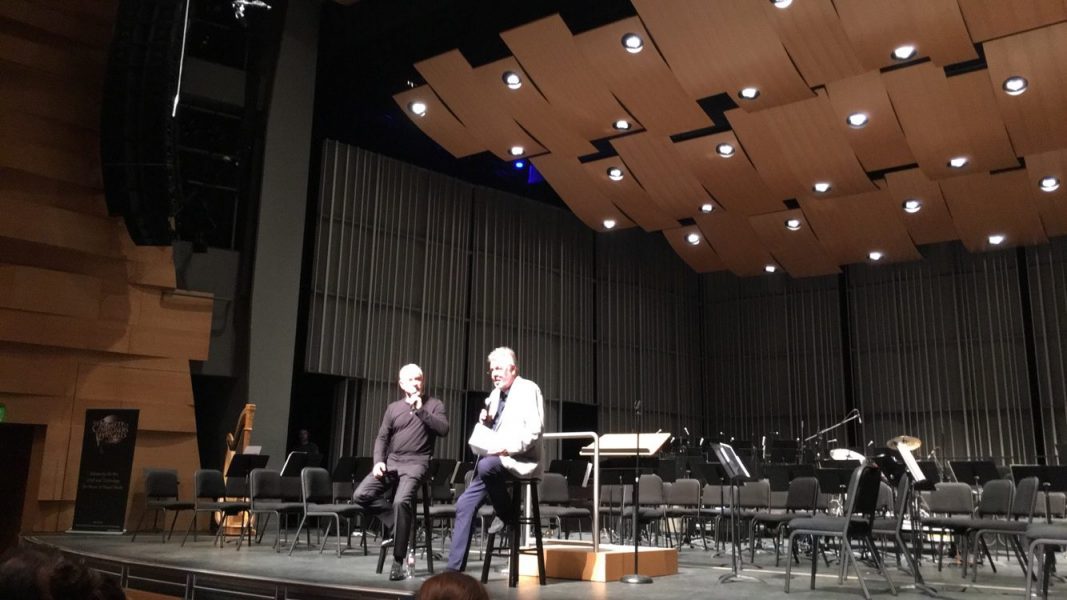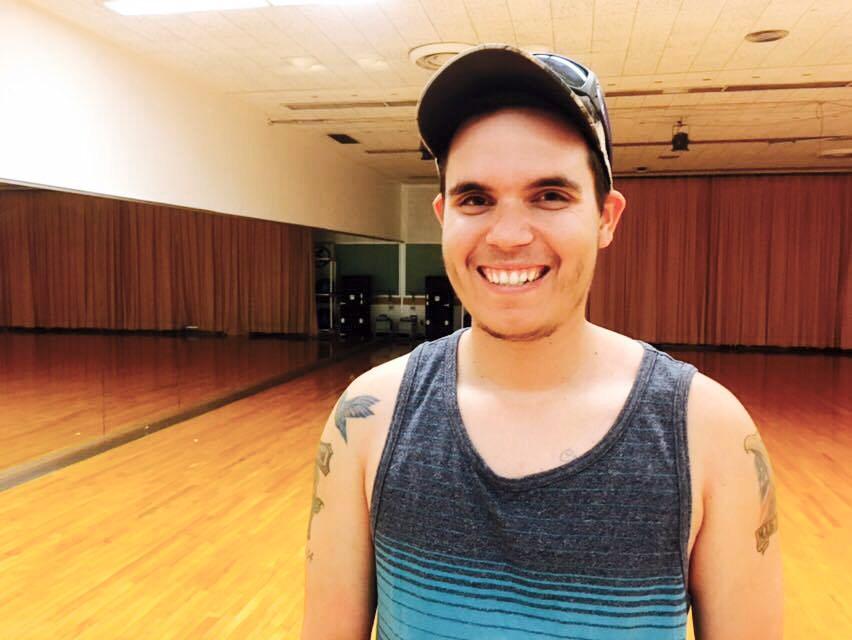The security, health and welfare of the United States are threatened by a crisis the likes of which we have not seen since Sputnik.
When the United States realized that the Russians were ahead of us in the space race, our nation quickly put into effect a multi-billion dollar crash program to improve science and math education in schools, and science and math funding in general.
The crisis now is far worse than it was during Sputnik. Now, we are losing the race toward world supremacy in science.
This is a direct threat to our national security. Many feel that China will surpass us in the near, not distant, future. When the scores of U.S. students on standardized science and math exams are compared with those around the world, the United States comes out looking little better than some underdeveloped countries. In a 2003 international study on pre-college mathematics and science Achievement, the United States ranked below or about equal to Estonia, Malaysia and Latvia, while China and Singapore ranked at or near the top.
And look at California. We’re even at the bottom portion of the barrel in the United States. In the National Assessment of Educational Progress, 32 states ranked above California based on the percentage of students at or above the proficient level in important components of the exam program. In one major component, California was in the bottom group which included Mississippi, Alabama, Louisiana and South Carolina.
Science grant funding (National Science Foundation, National Institutes of Health, etc.) is getting lower, not higher. This should not be the case in such a time of crisis. The projected 2006 federal budget for all basic and applied research is a decrease of 0.6 percent. In the case of the National Institutes of Health, there will be a projected significant decline in the number of new research grants that will be awarded. The same is true for many of the other agencies.
What are the main reasons for this developing disaster?
The reasons are twofold. First, few people realize that there is a crisis such as this that threatens our national security. Second, “no new taxes” has become the bandwagon slogan in politics today. The “no new taxes” syndrome is not only a threat to the national security, health and welfare, but also a threat to United States infrastructure (roads, mass transit, air and water pollution, and the list goes on and on).
What can we, as citizens, do about all of this? We should tell all our politicians that a crisis in science and math exists in this country and that they must fund science and math education and science research grants as if we are threatened by Sputnik. We are, in fact, threatened by something far worse.
What can the politicians do? Start by doubling and tripling the pay of well-trained science and math teachers. Right now, many of these teachers were not even college majors in science and math. If we pay a well-trained math or science teacher $100,000 per year, you can bet your bottom dollar that more of our most talented scientists would go into teaching. And our nation would be saved, as they will help produce new generations of well-trained scientists who will protect the United States into the next century.
In addition, we need to move the federal science research budgets to a level of funding that is appropriate for preventing the looming disaster that the loss of U.S. world supremacy in science will bring upon us.
Steve Oppenheimer, an author or co-author of about 140 published papers and abstracts and 14 textbook editions, is a CSU Trustees Outstanding Professor in the Biology Department and director of the CSUN Center of Cancer and Developmental Biology.





